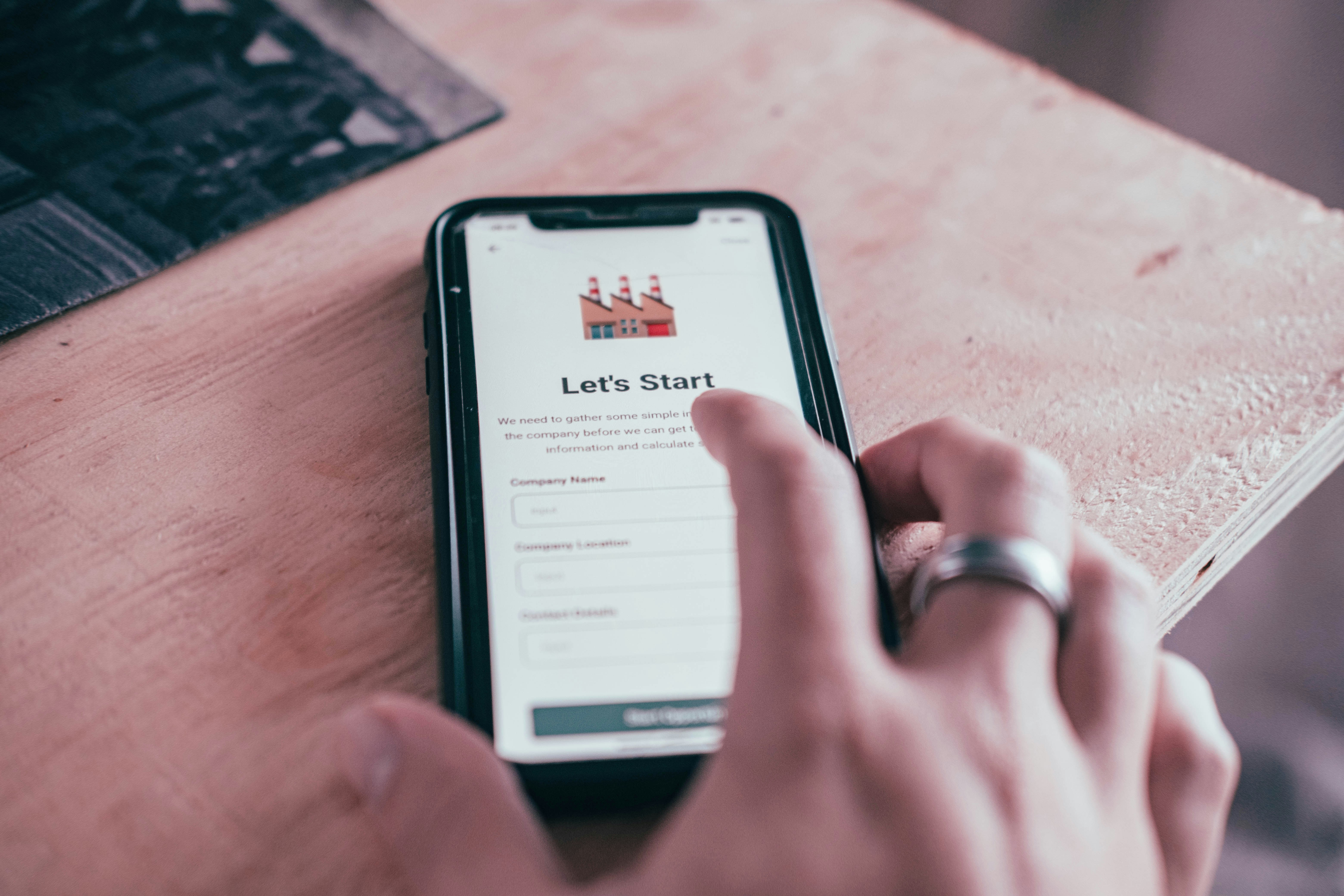1. What Is Ethical Onboarding?
Ethical onboarding refers to the practice of guiding new users through an app or platform without using manipulative or deceptive design techniques. Unlike dark UX, which relies on psychological tricks to push users toward actions they may not intend (e.g., forced sign-ups, hidden opt-outs), ethical onboarding prioritizes clarity, consent, and user control.
At its core, ethical UX design respects the user's autonomy, helping them understand:
What the product does
How to get started
What choices they’re making along the way
2. Onboarding UX – A Critical First Impression
Onboarding is often the first meaningful interaction a user has with your app or service. It sets the tone for trust, usability, and long-term engagement. A good onboarding UX:
Reduces friction without hiding complexity
Encourages exploration, not forced commitment
Balances feature promotion with actual user needs
Ethical onboarding embraces the fact that not every user journey is the same, and avoids a one-size-fits-all funnel.
3. Dark UX vs Ethical UX – Key Differences
Dark UX Patterns | Ethical UX Principles |
|---|---|
Auto-enrolled subscriptions | Clear pricing & consent |
Hidden opt-out buttons | Easy and visible choices |
Guilt-tripping messages | Respectful copywriting |
Forced tutorials with no skip | Optional, modular walkthroughs |
Data harvesting without clarity | Transparent privacy explanations |
While dark UX may yield short-term conversions, it often erodes trust, increases churn, and damages brand perception – especially in 2025, when digital literacy is at an all-time high.
4. When Ethical Onboarding Pays Off
Investing in ethical UX builds:
Long-term loyalty – users are more likely to stay when they feel respected
Positive brand reputation – especially important in competitive app markets
Regulatory compliance – with evolving privacy and UX laws (e.g., GDPR, DMA, CCPA)
Examples of ethical onboarding in practice:
Duolingo allows skipping account creation until after trying the product.
Figma offers minimal onboarding, encouraging users to "learn by doing."
Notion provides layered, opt-in guides instead of forced walkthroughs.
5. Best Practices for Ethical Onboarding UX (2025-ready)
✅ Give users control – let them choose how and when they onboard
✅ Be honest about data – clearly state what you collect and why
✅ Avoid dark patterns – no tricks, guilt, or fake scarcity
✅ Design for consent – make opt-ins real, not assumed
✅ Provide value immediately – don’t delay the core experience
✅ Test for trust – run usability tests focused on user perception of transparency
6. When and Where to Skip Onboarding
Not every app needs a full onboarding flow. Sometimes it's better to let users explore freely.
❌ Skip onboarding when:
Your app is extremely intuitive (e.g., calculator, flashlight)
The value is obvious without explanation
You can guide users contextually (tooltips, empty states, etc.)
But even then, provide lightweight orientation options in case a user gets stuck.
7. The Future of Onboarding UX – What to Expect by 2025
As UX evolves, ethical onboarding will become a competitive advantage. With AI-driven experiences, real-time personalization, and higher user expectations, brands that prioritize trust, clarity, and user empowerment will lead the way.
🔮 Trends shaping onboarding in 2025:
Conversational onboarding via AI assistants and chatbots
Voice-first UX with spoken guidance
Micro-onboarding – short, contextual nudges instead of long flows
Regulation-aware UX – privacy by design and legal transparency baked in
FAQ – Ethical Onboarding UX
What is the difference between onboarding and a tutorial?
Onboarding introduces the user to the product and its core value; a tutorial teaches specific features or workflows. Onboarding should guide without overwhelming.
Are dark UX patterns illegal?
Some are – especially those that violate data privacy or consent laws. Even if not strictly illegal, they risk regulatory scrutiny and user backlash.
How can I measure the success of ethical onboarding?
Track metrics like time-to-value, feature adoption, user retention, and Net Promoter Score (NPS) – but also gather qualitative feedback about user trust and understanding.
Can AI improve ethical onboarding?
Yes – if used responsibly. AI can personalize onboarding and adapt to user context without manipulation, especially when transparency is prioritized.





